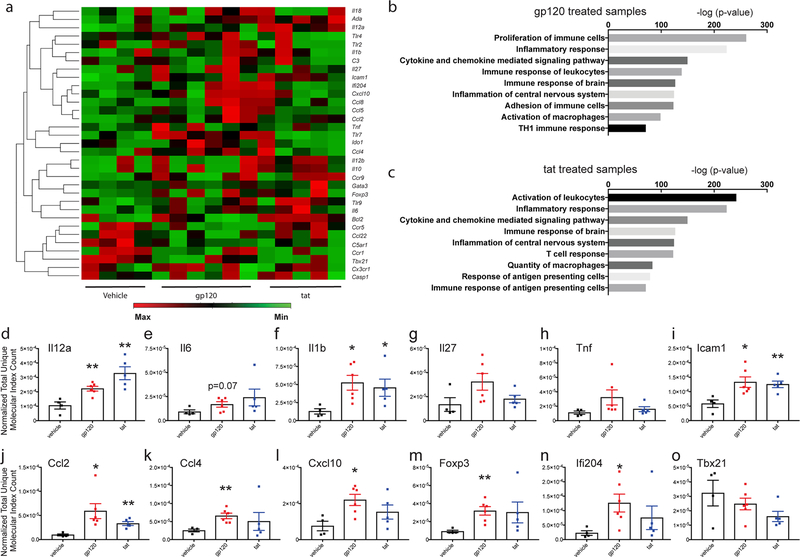Fig 3. Direct administration of gp120 or tat into the hippocampus induces an inflammatory immune response in vivo.
Osmotic pumps (Alzet) were implanted sub-dermally into C57BL/6 mice for a continuous dispersion time of 14 days. Pumps contained either vehicle, recombinant gp120 (36 ng/day), or recombinant tat (18 ng/day). Each pump was connected to a stainless-steel cannula which was implanted into the left hippocampus. After harvest, the left hippocampus was removed and a portion was processed for RNA. The expression of inflammation-related genes in the hippocampus was analyzed using the Qiagen mouse Inflammation and Immunity Transcriptome array. (a) Heat map analysis of inflammatory array data showing differentially expressed genes between all samples. Graphs for significantly enriched molecular functions identified by Ingenuity Pathway Analysis software for animals treated with either gp120 or tat are shown in (b) or (c) respectively. Results are displayed at -log of p-value (Fisher’s exact test) for each pathway as assessed by group. Normalized Total Unique Molecular Index Count for each gene was compared between vehicle and HIV-1 neurotoxic protein (gp120 or tat) treated animals. Quantitative analysis of select targets are shown in d – o. Bars represent mean ±SEM and individual points are data from each animal. p<0.05 was considered significant, represented as *p<0.05; ** p <0.01. Analysis was by Student’s T-test.

